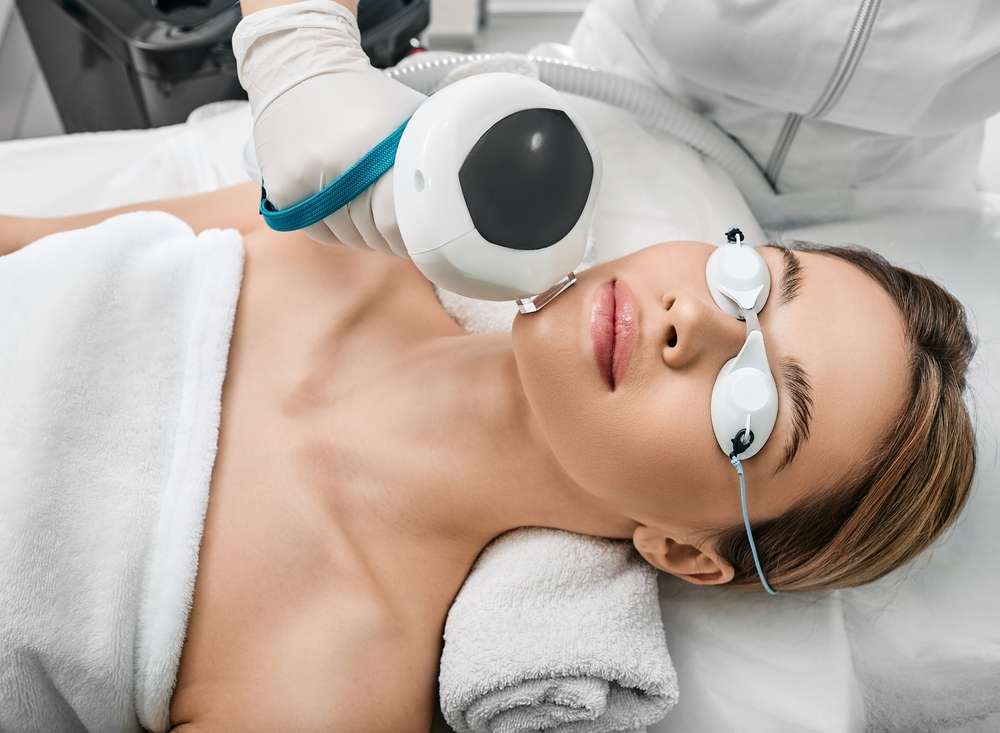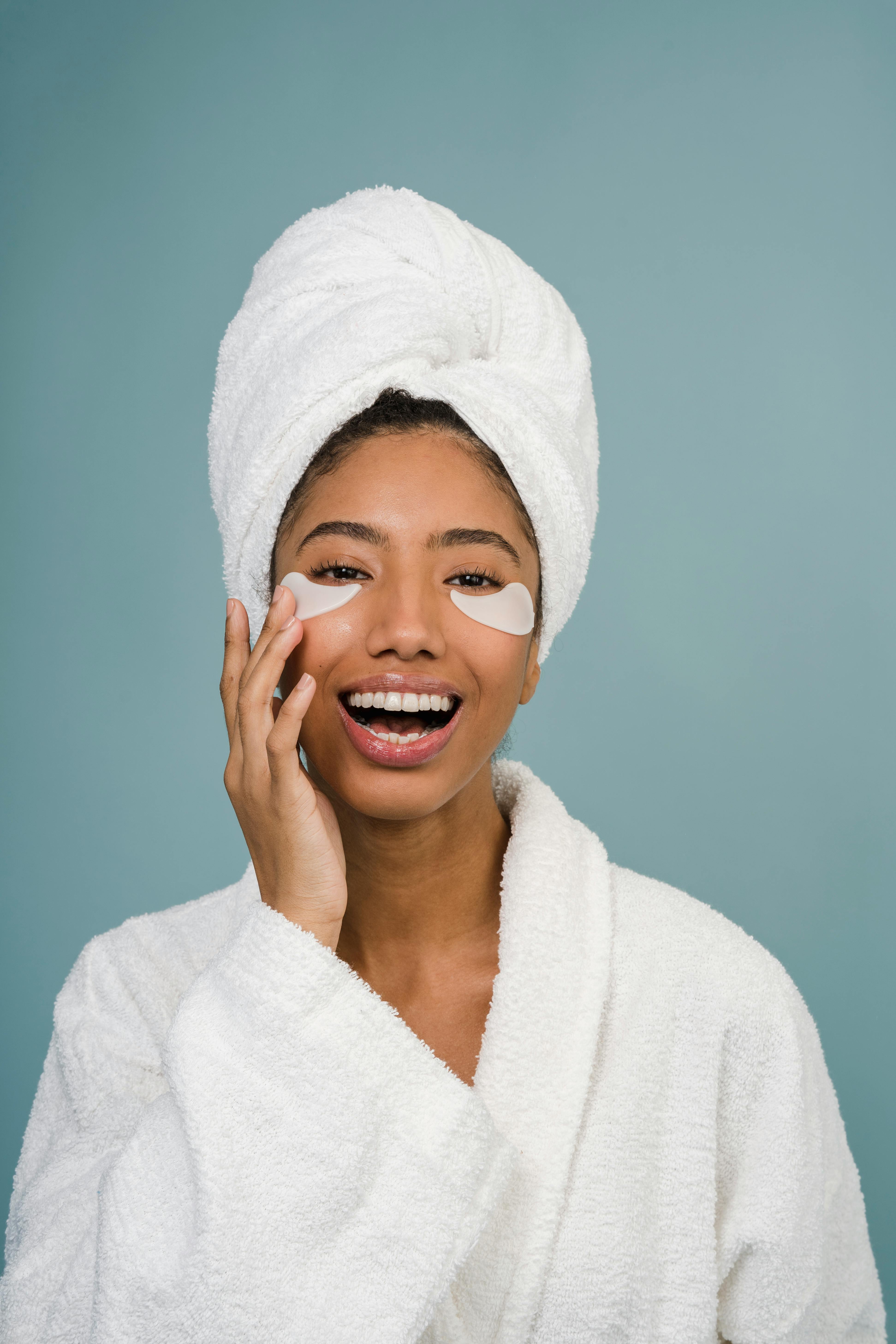Understanding Laser Skin Treatment: Benefits and Options
Laser skin treatment has become increasingly popular for addressing various skin concerns, from wrinkles and age spots to acne scars and unwanted hair. These advanced procedures use focused light energy to target specific skin issues with precision, offering results that were once only achievable through invasive surgery. Whether you're considering treatment for cosmetic enhancement or therapeutic purposes, understanding how these procedures work can help you make informed decisions about your skincare journey.

Laser technology has revolutionized dermatology and aesthetic medicine, providing effective solutions for numerous skin conditions. These treatments work by delivering concentrated beams of light at specific wavelengths, which interact with skin tissue to promote healing, rejuvenation, or removal of unwanted features. Medical professionals use different laser types depending on the condition being treated, skin type, and desired outcome.
What is laser treatment?
Laser treatment refers to medical procedures that use amplified light to treat various skin conditions and cosmetic concerns. The term “laser” stands for Light Amplification by Stimulated Emission of Radiation. During treatment, the laser emits a single wavelength of light that targets specific chromophores in the skin, such as melanin, hemoglobin, or water. This targeted approach allows practitioners to address specific concerns while minimizing damage to surrounding tissue. The procedure can be ablative, removing thin layers of skin, or non-ablative, working beneath the surface without removing skin layers. Treatment duration varies from minutes to over an hour depending on the area being treated and the specific procedure.
Types of laser treatments
Several laser types are available, each designed for specific purposes. Carbon dioxide (CO2) lasers are ablative and commonly used for wrinkles, scars, and skin resurfacing. Erbium lasers offer gentler ablation with shorter recovery times, suitable for fine lines and age spots. Nd:YAG lasers penetrate deeper into skin and work well for vascular lesions and hair removal on darker skin tones. Pulsed-dye lasers target blood vessels and treat conditions like rosacea and port-wine stains. Fractional lasers create microscopic treatment zones, promoting faster healing while addressing wrinkles, scars, and sun damage. Alexandrite and diode lasers are frequently used for hair removal. The choice depends on your skin type, the condition being treated, and your medical history.
Understanding laser treatment: A guide to benefits and options
The benefits of laser skin treatment extend beyond cosmetic improvement. These procedures can effectively reduce fine lines and wrinkles by stimulating collagen production, leading to firmer, more youthful-looking skin. They successfully treat hyperpigmentation, including age spots, sun damage, and melasma, by breaking down excess melanin. Acne scars and surgical scars can be significantly improved through laser resurfacing. Vascular lesions such as spider veins and broken capillaries respond well to targeted laser therapy. Hair removal becomes long-lasting when laser energy destroys hair follicles. Skin texture and tone become more even as lasers address irregular pigmentation and rough surfaces. Many patients appreciate that these procedures typically require minimal downtime compared to traditional surgical options, though recovery varies by treatment type.
Preparing for treatment and recovery expectations
Proper preparation enhances treatment outcomes and reduces complications. Most practitioners recommend avoiding sun exposure for several weeks before treatment, as tanned or sunburned skin increases risk of side effects. Certain medications and supplements that thin blood or increase photosensitivity may need to be discontinued temporarily. Your provider will evaluate your medical history, current medications, and skin type during consultation. After treatment, expect some redness, swelling, and sensitivity, which typically resolve within days to weeks depending on the procedure intensity. Ablative treatments generally require longer recovery than non-ablative options. Following post-treatment care instructions is essential, including keeping the area clean, applying prescribed ointments, avoiding sun exposure, and using broad-spectrum sunscreen. Multiple sessions are often necessary to achieve optimal results, with treatments spaced weeks or months apart.
Potential risks and considerations
While generally safe when performed by qualified professionals, laser treatments carry potential risks. Temporary side effects include redness, swelling, itching, and discomfort. Changes in skin pigmentation can occur, with hyperpigmentation more common in darker skin tones and hypopigmentation possible with certain laser types. Scarring, though rare, can develop if post-treatment care instructions are not followed. Infection risk exists with ablative procedures that break the skin surface. Burns or blistering may occur if settings are inappropriate for your skin type. Selecting an experienced, licensed practitioner who uses appropriate equipment and protocols significantly reduces these risks. Discussing your complete medical history, including any history of cold sores, keloid formation, or autoimmune conditions, helps your provider determine if you are a suitable candidate.
Conclusion
Laser skin treatment offers versatile solutions for numerous dermatological and cosmetic concerns, with technology continuing to advance and improve outcomes. Understanding the different types of lasers, their specific applications, and what to expect during treatment and recovery empowers you to make informed decisions about your skincare. While these procedures provide significant benefits, they also require careful consideration of potential risks and realistic expectations about results. Consulting with qualified healthcare professionals who can assess your individual needs and recommend appropriate treatment options remains the most important step in your journey toward healthier, more radiant skin.
This article is for informational purposes only and should not be considered medical advice. Please consult a qualified healthcare professional for personalized guidance and treatment.




